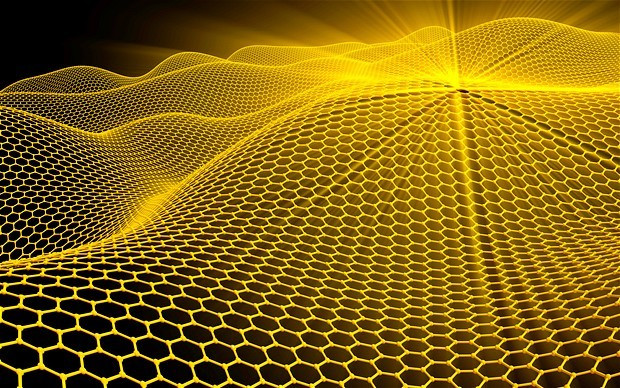Eureka! The Glue in the Superconductors is Magnetism

Things are progressing at super-speed on the superconducting highway. Last month, scientists had discovered that what held electrons in pairs in a superconductor was a kind of glue, but they had no clue what the glue was made of.
This month, physicists have identified the glue as magnetism, long suspected to be the main force behind these special materials.
The scientists are confident that they can now investigate how to tweak the system and turn a material into a superconductor, possibly at room temperature. This would make way for more practical applications of superconductors than possible today, especially with major energy implications.
The research, published online in the Proceedings of the National Academy of Sciences, is a collaboration between theoretical physicists led by Dirk Morr, professor of physics at the University of Illinois at Chicago, and experimentalists led by Seamus J C Davis of Cornell University and Brookhaven National Laboratory.
While early superconductors discovered were those that required very cold temperatures below absolute zero, newer ones or the 'unconventional' superconductors could function at slightly higher temperatures. The two differed significantly.
The present groundbreaking experiments worked on an unconventional superconductor consisting of cerium, cobalt and indium, with the molecular formula CeCoIn5. They used a new theoretical framework developed at UIC by Morr and graduate student John Van Dyke, who is the first author on the report.
In a superconductor, or in any electronic device, current is carried via the charge on an electron. In superconductors, the electrons travel in tightly bound pairs, called Cooper pairs. When travelling on their own, electrons tend to bump into each other, resulting in a loss of energy. But when paired up, the electrons move smoothly through a superconductor's structure. This is why superconductors can carry current with no resistance. As long as the temperature is kept sufficiently low, the electron pairs will keep moving through the superconductor indefinitely.
Understanding how electrons interact with the lattice structure of the material has led scientists to deduce that these interactions generated a kind of glue which held the electron pair together. The strength of the glue is directly related to the strength of the superconductor, and when the superconductor is exposed to an increase in temperature or magnetic field strength, the glue weakened, the pairs break apart and superconductivity is lost.
The puzzle so far was the glue, and having identified that, the search for new superconductors will speed up.
© Copyright IBTimes 2025. All rights reserved.





















